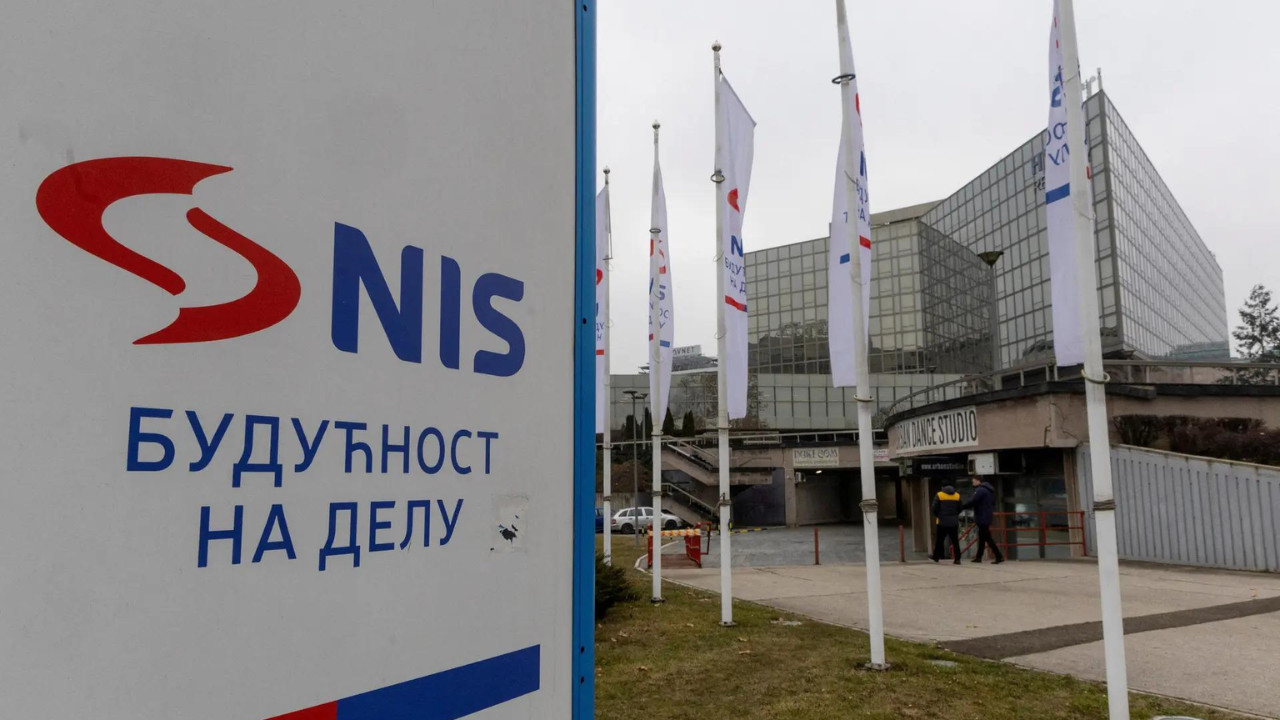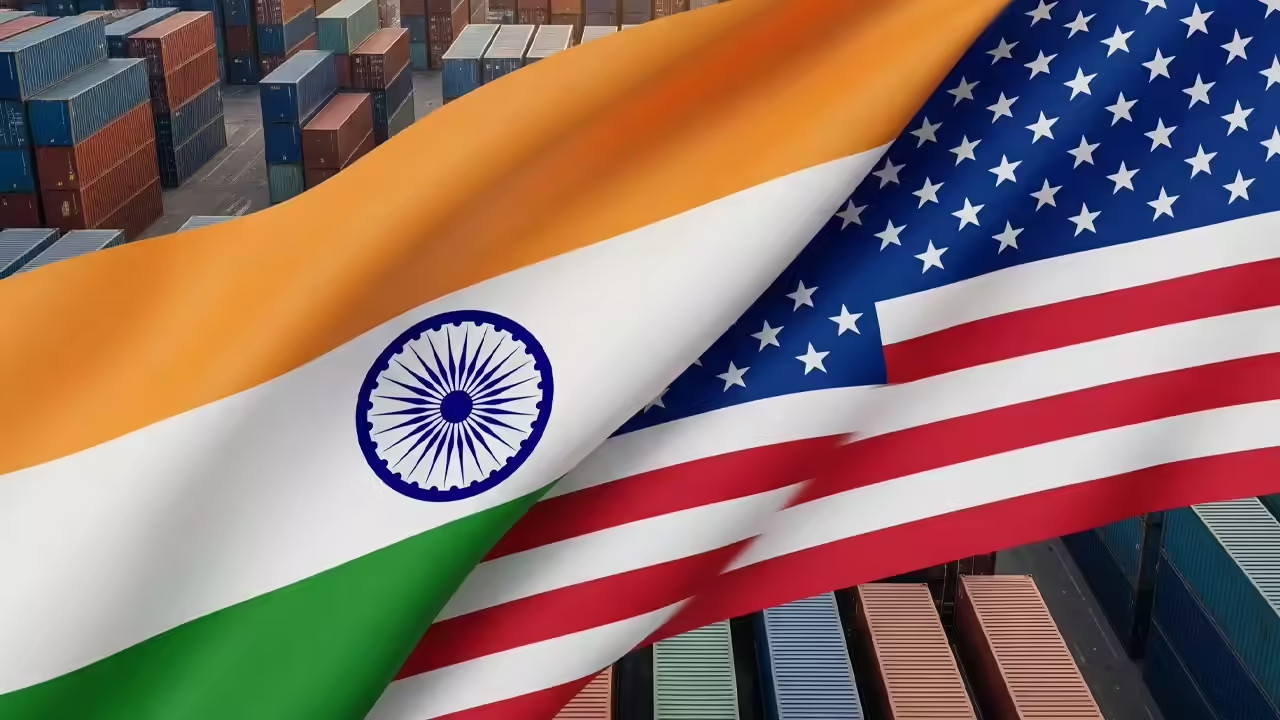Indian natural polished diamond exports face challenges as the US market, a major consumer, slows down and imposes tariffs. A 10% tariff in April 2025 reduced the US share of exports, potentially decreasing Indian diamond polishers’ revenue by 20-25%. While the industry anticipates disruptions, diversified trade relationships offer some protection, suggesting the US might face greater long-term consequences.
Will the Sparkle Fade? Diamond Trade Braces for a Potential Shift
The world loves diamonds. They symbolize enduring love, mark milestones, and add a touch of undeniable luxury. But recent whispers in the diamond trade suggest a potential rough patch ahead. A new analysis from CRISIL, a prominent Indian ratings agency, hints that the polished diamond trade might be facing headwinds that could impact everyone from miners to retailers.
For years, India has been a global powerhouse in diamond polishing, transforming rough stones into glittering gems that adorn fingers and necklaces worldwide. This dominance, however, is built on a delicate balance of factors, including import duties and export demand. Now, that balance might be tilting.
A Tariff Tangle: Why Exports Could Suffer
The heart of the matter lies in the interplay of tariffs. Currently, India enjoys a certain competitive advantage in the global market because of its cost-effective polishing processes. However, potential changes in import duties in key consumer markets, combined with fluctuating demand, could put a squeeze on Indian diamond exports. The CRISIL report suggests that a decline in exports could become noticeable as early as 2025.
What’s driving this potential shift? Well, several factors are at play. Other countries are investing in their own polishing infrastructure. More specifically, if other major diamond-consuming nations decide to reduce or eliminate import duties on polished diamonds from other sources, the current cost advantage enjoyed by Indian exporters could erode. This could lead to a realignment of trade flows, impacting the volume of diamonds polished and exported from India.

Margin Pressure: The Ripple Effect
The impact wouldn’t be confined to just exporters. The entire diamond pipeline, from the mines to the jewelry stores, could feel the pinch. If export volumes decline, polishing companies will likely face increased competition and pressure to lower prices. This, in turn, could squeeze their profit margins.
This margin pressure could then cascade down the supply chain. Polishing companies, seeking to maintain their profitability, might negotiate harder with rough diamond suppliers, potentially impacting the revenues of diamond mining companies. Similarly, retailers, facing higher costs and potentially weaker consumer demand, might also experience a decline in their profit margins. The diamond pipeline is interconnected, and a disruption at one point can have repercussions throughout the entire system. Consider reading about how geopolitical tensions can affect global trade on our blog.
Shifting Sands: Adapting to a Changing Landscape
The CRISIL analysis isn’t necessarily a doomsday prediction. Instead, it serves as a wake-up call for the Indian diamond industry. It highlights the need for adaptability and strategic thinking in a rapidly evolving global market.
One crucial aspect is diversification. Indian diamond companies could explore new markets and focus on developing niche products to differentiate themselves from the competition. Investing in advanced technologies and automation could also help to improve efficiency and reduce costs, further enhancing their competitive edge.
Furthermore, fostering stronger relationships with both suppliers and retailers is key. By working collaboratively with all stakeholders in the diamond pipeline, the industry can better navigate the challenges ahead and ensure its long-term sustainability.
The Future of the Sparkle
The diamond trade has always been subject to fluctuations in demand and market conditions. While the potential challenges outlined in the CRISIL report are significant, they also present an opportunity for innovation and adaptation. By embracing new technologies, exploring new markets, and fostering stronger collaboration within the industry, India’s diamond sector can continue to shine brightly on the global stage for years to come. The key lies in proactive planning and a willingness to adapt to the ever-changing dynamics of the global economy.







